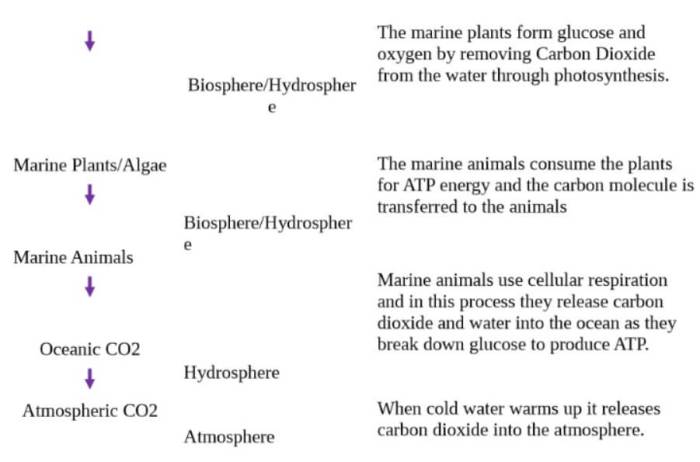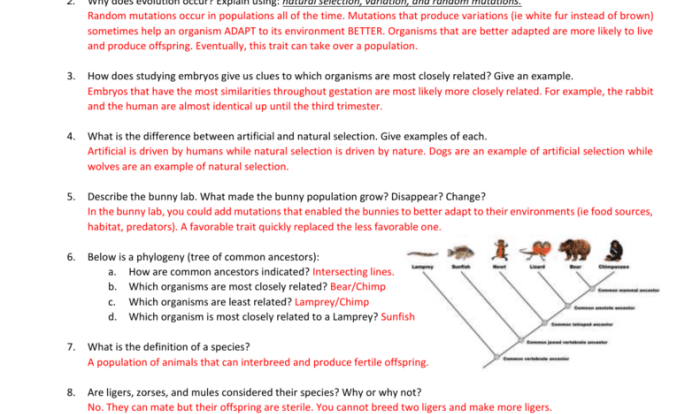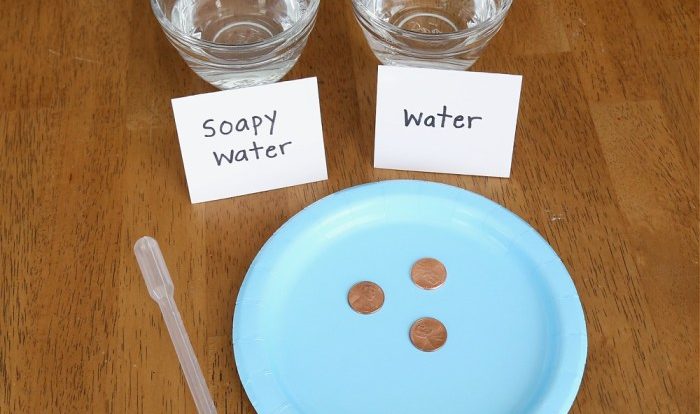Dive into the fascinating world of carbon cycling with our comprehensive Carbon Cycle Gizmo Answer Key. Embark on a journey where scientific concepts intertwine with engaging simulations, providing an immersive and interactive learning experience.
This guide delves into the intricate processes, reservoirs, and fluxes that govern the movement of carbon through our planet’s ecosystems, shedding light on the delicate balance that sustains life on Earth.
Carbon Cycle Gizmo Overview

The Carbon Cycle Gizmo is an interactive simulation that allows users to explore the processes involved in the carbon cycle. The gizmo simulates the movement of carbon between the atmosphere, land, oceans, and living organisms. Users can adjust the rates of different processes, such as photosynthesis, respiration, and decomposition, to see how these changes affect the global carbon cycle.
Interactive Features, Carbon cycle gizmo answer key
The Carbon Cycle Gizmo has several interactive features that allow users to explore the carbon cycle in different ways. These features include:
- Sliders:Users can adjust the rates of different processes, such as photosynthesis, respiration, and decomposition, to see how these changes affect the global carbon cycle.
- Graphs:The gizmo displays graphs that show the changes in carbon dioxide levels in the atmosphere, land, oceans, and living organisms over time.
- Data table:The gizmo displays a data table that shows the values of different variables, such as the amount of carbon dioxide in the atmosphere, land, oceans, and living organisms.
Processes Involved in the Carbon Cycle
The carbon cycle is a complex process that involves the exchange of carbon between the atmosphere, land, water, and living organisms. This exchange is driven by a variety of processes, including photosynthesis, respiration, and decomposition.
Photosynthesis is the process by which plants use sunlight to convert carbon dioxide and water into glucose and oxygen. This process removes carbon dioxide from the atmosphere and stores it in plant tissues. Respiration is the process by which organisms break down glucose to produce energy.
This process releases carbon dioxide back into the atmosphere.
Decomposition is the process by which organic matter is broken down by bacteria and fungi. This process releases carbon dioxide back into the atmosphere. These processes work together to cycle carbon through the Earth’s system.
Photosynthesis
- Definition: The process by which plants use sunlight to convert carbon dioxide and water into glucose and oxygen.
- Importance: Removes carbon dioxide from the atmosphere and stores it in plant tissues.
Respiration
- Definition: The process by which organisms break down glucose to produce energy.
- Importance: Releases carbon dioxide back into the atmosphere.
Decomposition
- Definition: The process by which organic matter is broken down by bacteria and fungi.
- Importance: Releases carbon dioxide back into the atmosphere.
Carbon Reservoirs and Fluxes: Carbon Cycle Gizmo Answer Key

The carbon cycle involves the exchange of carbon among different reservoirs, including the atmosphere, oceans, terrestrial biosphere, and geosphere. The atmosphere contains a relatively small amount of carbon (about 750 gigatons), primarily in the form of carbon dioxide (CO2). The oceans hold a much larger reservoir of carbon (about 38,000 gigatons), primarily in the form of dissolved CO2 and bicarbonate ions.
The terrestrial biosphere contains about 560 gigatons of carbon, stored in plants, animals, and soils. The geosphere, which includes the Earth’s crust, mantle, and core, contains the largest reservoir of carbon (about 93,000 gigatons), primarily in the form of fossil fuels (coal, oil, and natural gas), carbonate rocks (limestone and dolomite), and organic matter.Carbon
fluxes are the processes that transfer carbon between reservoirs. These fluxes include photosynthesis, respiration, decomposition, and the burning of fossil fuels. Photosynthesis is the process by which plants use sunlight to convert CO2 and water into glucose and oxygen. Respiration is the process by which organisms use oxygen to convert glucose into CO2 and water.
Decomposition is the process by which organic matter is broken down by microorganisms into CO2 and other products. The burning of fossil fuels releases CO2 into the atmosphere.Human activities can influence carbon fluxes. For example, the burning of fossil fuels releases large amounts of CO2 into the atmosphere, which increases the concentration of CO2 in the atmosphere and contributes to climate change.
If you’re brushing up on the intricacies of the carbon cycle, the gizmo answer key can provide valuable insights. And speaking of insights, have you ever delved into the air force jrotc cadet creed ? Its guiding principles echo the importance of integrity, service, and excellence, just like the meticulous analysis required to understand the carbon cycle.
Returning to our initial topic, the carbon cycle gizmo answer key remains an indispensable resource for unraveling the complexities of this fundamental process.
Deforestation reduces the amount of carbon stored in the terrestrial biosphere and releases CO2 into the atmosphere. Agriculture can also influence carbon fluxes by releasing CO2 into the atmosphere through the clearing of forests and the cultivation of crops.
Impact of Human Activities on the Carbon Cycle
Human activities have a significant impact on the carbon cycle, leading to an increase in atmospheric carbon dioxide levels. Burning fossil fuels, such as coal, oil, and natural gas, releases large amounts of carbon dioxide into the atmosphere. Deforestation, the clearing of forests, also contributes to increased carbon dioxide levels as trees absorb carbon dioxide during photosynthesis.
Mitigation Strategies
To mitigate the impact of human activities on the carbon cycle, several strategies can be implemented:
- Reduce fossil fuel consumption:Transitioning to renewable energy sources, such as solar and wind power, can reduce our reliance on fossil fuels.
- Increase energy efficiency:Implementing energy-efficient practices in industries, transportation, and buildings can reduce carbon dioxide emissions.
- Promote reforestation and afforestation:Planting trees and restoring forests helps absorb carbon dioxide from the atmosphere.
- Implement carbon capture and storage (CCS) technologies:CCS technologies capture carbon dioxide from industrial processes and store it underground, preventing its release into the atmosphere.
Applications of the Carbon Cycle Gizmo
The Carbon Cycle Gizmo is a valuable tool for exploring the carbon cycle and understanding its complexities. It allows users to investigate various scenarios and test hypotheses about the carbon cycle’s behavior.
One of the key applications of the gizmo is demonstrating the effects of changes in carbon fluxes on atmospheric carbon dioxide levels. By adjusting the rates of processes such as photosynthesis, respiration, and fossil fuel combustion, users can observe how these changes impact the amount of carbon dioxide in the atmosphere.
Educational Applications
In educational settings, the Carbon Cycle Gizmo can be used in a variety of ways:
- Interactive learning:Students can actively engage with the gizmo to explore the carbon cycle and test their understanding.
- Visual representation:The gizmo provides a visual representation of the carbon cycle, making it easier for students to comprehend the complex interactions involved.
- Scenario-based learning:Teachers can create scenarios using the gizmo to challenge students to analyze and predict the outcomes of different changes in the carbon cycle.
FAQs
What is the Carbon Cycle Gizmo?
The Carbon Cycle Gizmo is an interactive simulation that allows users to explore the processes and reservoirs involved in the carbon cycle.
How can I use the Carbon Cycle Gizmo Answer Key?
This answer key provides detailed explanations and step-by-step solutions for the questions and activities in the Carbon Cycle Gizmo.
What are the main processes involved in the carbon cycle?
The main processes involved in the carbon cycle are photosynthesis, respiration, decomposition, and the exchange of carbon dioxide between the atmosphere and oceans.


